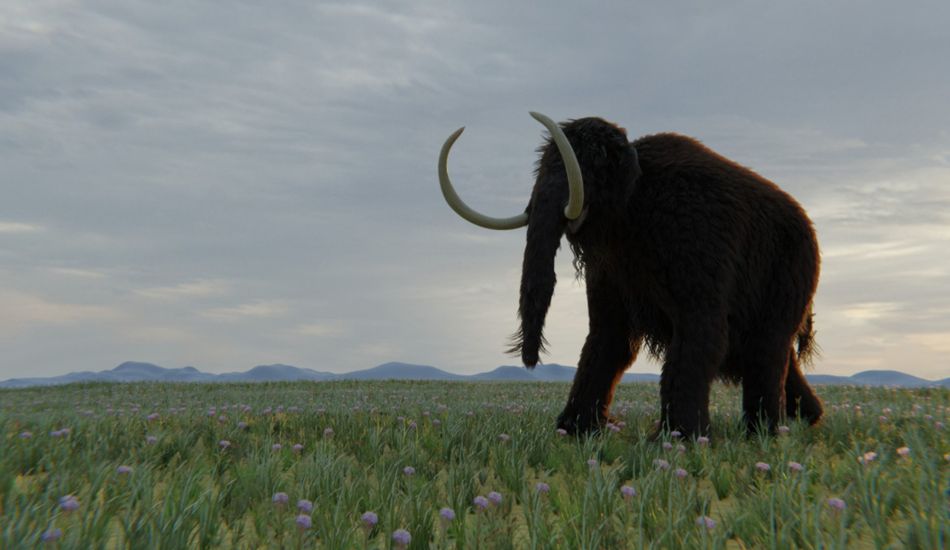
Ancient Mammoth Tooth Reveals Surprising Details About Its Life
It's amazing what you can find when you take a second look! In Canada, researchers have made a fascinating discovery by re-examining a mammoth tooth that was initially found way back in 1878. It turns out this tooth, chilling in a museum for almost 150 years, isn't what everyone thought it was.
The study, published in Canadian Science Publishing, reveals that the tooth, previously believed to be from a Columbian mammoth, is actually from a woolly mammoth. This is a pretty big deal because it suggests that woolly mammoths roamed much farther east in North America than we previously thought. It makes you wonder what other secrets are hiding in museum collections, right?
Researchers analyzed the tooth's structure, dated the fossil, and conducted isotope analyses. Now, I know that sounds like a mouthful, but essentially, they were looking at different versions of elements in the tooth to learn about the mammoth's diet. According to Louis-Philippe Bateman, the lead author, isotope analysis is like "high-stakes dentistry on precious fossil remains." I love that analogy!
The tests showed that the mammoth ate grasses and other plants typical of the Ice Age, even though it lived during a warmer period. What’s interesting is that the nitrogen levels were higher than expected, indicating that the mammoth might have been malnourished towards the end of its life. Poor guy!
I think the best part of this discovery is that it highlights the importance of museum collections. "A specimen kept for almost 150 years still has secrets to reveal," Bateman noted. It's a reminder that these collections are a treasure trove of information, offering insights into how organisms evolved and responded to climate change.
Source: Gizmodo